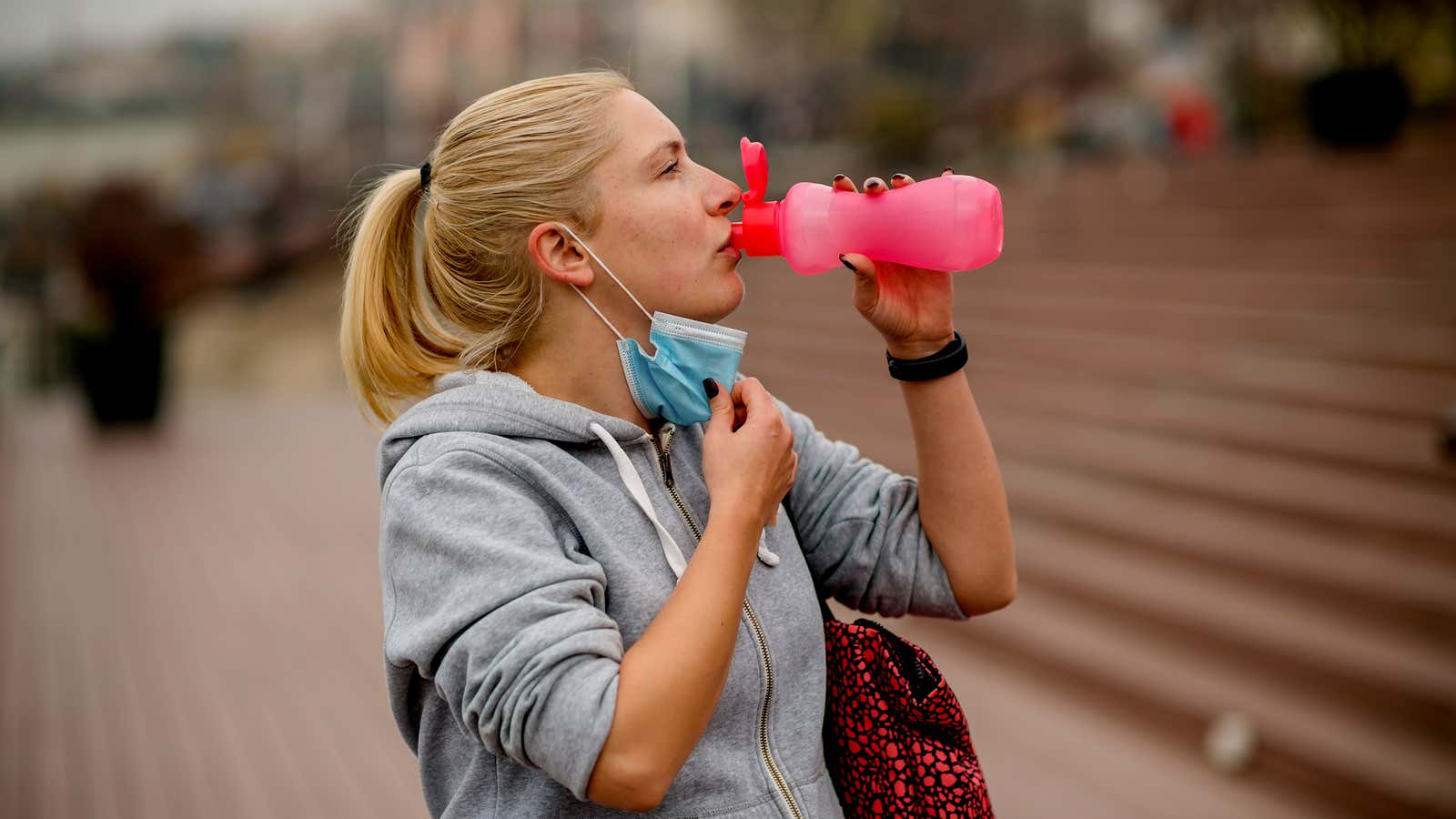How to Safely Return to Sports After You Become Infected With COVID-19

Usually, the process of returning to exercise after an illness is simple: trust your body, relax, and don’t overthink it. But if you’ve had a coronavirus, you need to be extra careful.
Athletes and exercisers have faced chronic complications, including blood clots in their arteries and inflammation of the heart. Some athletes also report fatigue and respiratory problems that persist after they have recovered from COVID-19.
A team of doctors from the Hospital for Special Surgery in New York has published a set of guidelines for getting back to exercise . (One of the authors, Jordan Metzl, also wrote in the New York Times about the reasons for these recommendations .)
Among the recommendations:
- If you think you’ve only had a cold or flu, get tested for COVID-19 anyway, if possible.
- If you have heart or lung disease, check with your doctor before returning to exercise.
- If you have been healthy before and have had a mild illness, you may consider returning to exercise after seven days of no symptoms.
- Expect to take about a month after that before you return to your full workout schedule.
- Stop exercising and see a doctor if symptoms return, especially chest pain, fever, heart palpitations, or difficulty breathing.
Concerns about returning to exercise are mostly related to cardio and conditioning. The recommendation to gradually build up the load suggests starting with only half of your normal training activity (so if you are running, this could be half your normal running volume). The guidelines are not specific to weight lifting, but the authors point to a set of non -COVID guidelines that also recommend starting light when you get back to the gym and building up the load gradually.